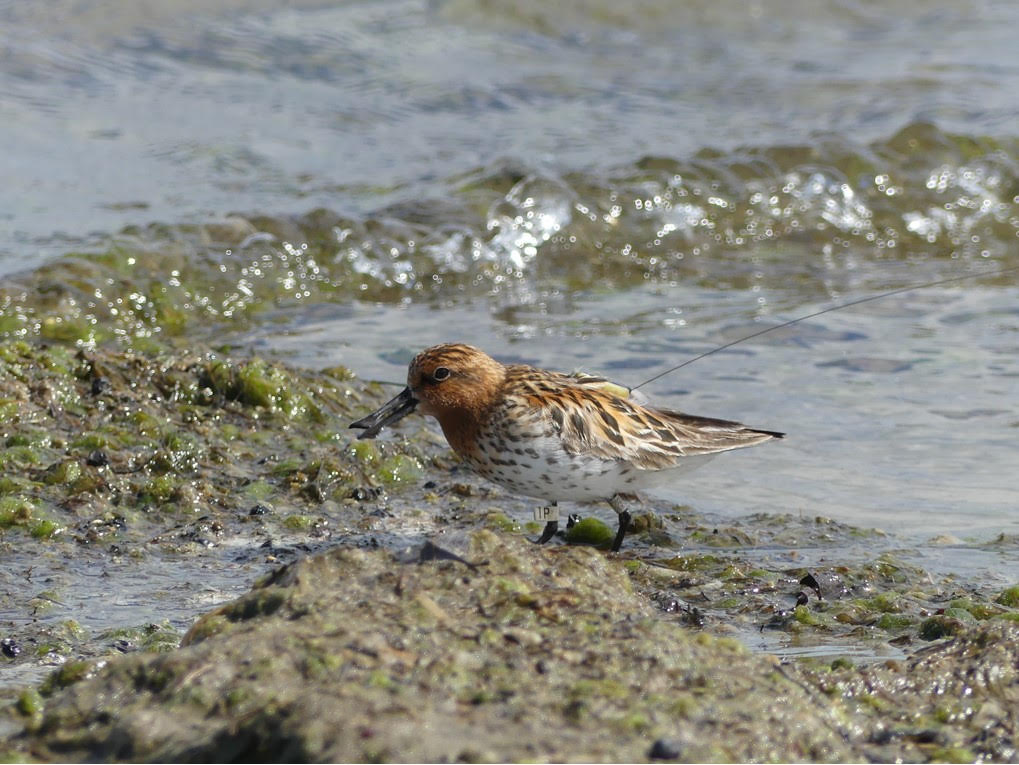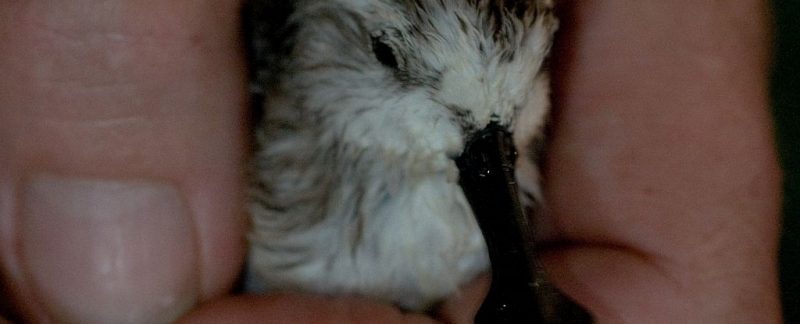Wash Wader Ringing Group members have got involved in assisting with other ringing projects, both in the UK and further afield, since our early days. A paper just out online early in the Journal Wader Study describes the results of some work WWRG members have been involved in as part of a large, multi-national team working on the Critically Endangered Spoon-billed Sandpiper across its range. These extremely cute, endangered waders breed in the far east of Russia, then migrate along the East-Asian-Australasian flyway where they also stop to moult, carrying on to the wintering grounds in southern China, Bangladesh, Myanmar and Thailand – a distance of up to 8,000 km from the breeding grounds. The international team is trying to understand why Spoon-billed Sandpipers are declining and to try to halt that decline – and WWRG members are privileged to have been part of that effort.

The Wader Study paper reports the results of tagging Spoonies, both at a moulting site in China and on the breeding grounds in Russia. One of the first problems of conserving a rare migratory species is simply knowing where they are at different times of the year; something that we still know surprisingly little about for many species using this flyway. Although a number of sites are known, we were concerned that we were missing moulting, passage and wintering sites through their wide range. As Spoonies are very small waders (Little Stint sort of size), extremely small tags (from Microwave Technology) were added to them by gluing them onto the back feathers, so the bird would only carry the tag until its next moult. The results were amazing, with the location of clearly important fattening and moulting sites being identified, as well as finding more sites in their wintering range. Now that we are aware of these sites, conservation action can be directed towards them as, although conservation work has slowed their rate of decline in recent years, it has by no means stopped it. With the work of the multinational team and the help of the Spoonies we tagged, we are another step closer to understanding their movements and needs.
If you want to know more, check out this WaderTales blog.
Some blogs from our work in China can be found here.
And there is further information about Spoon-billed Sandpipers here.

